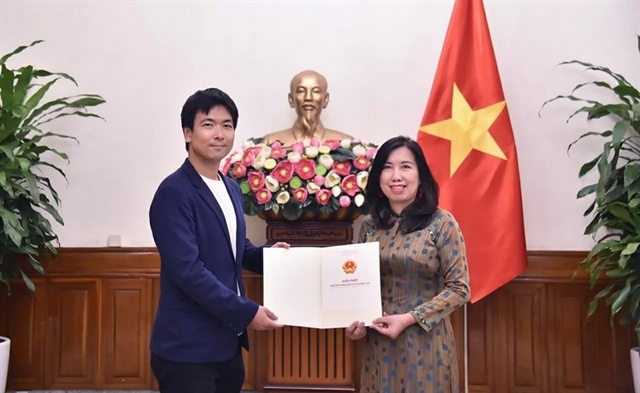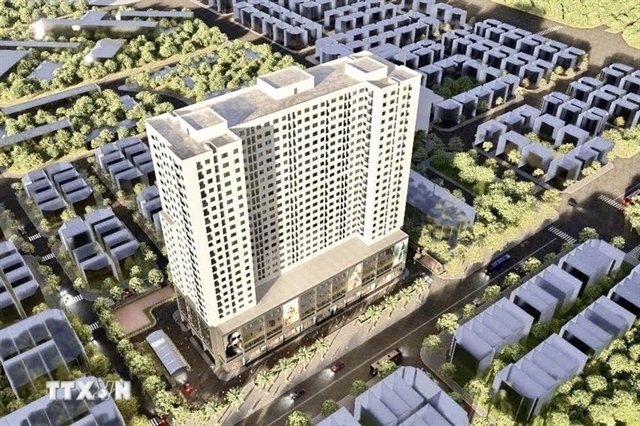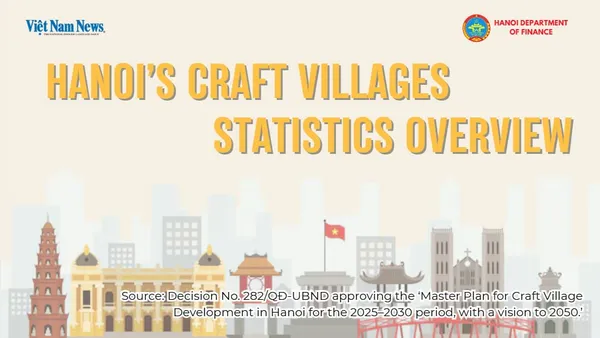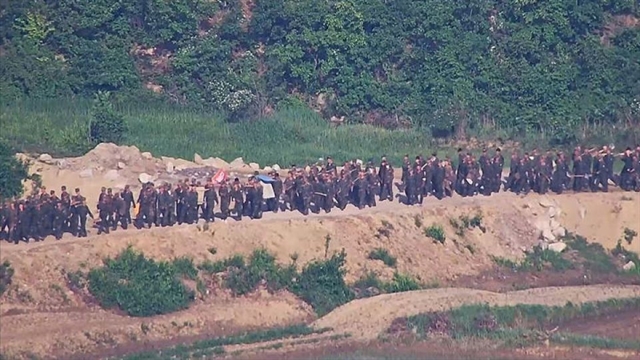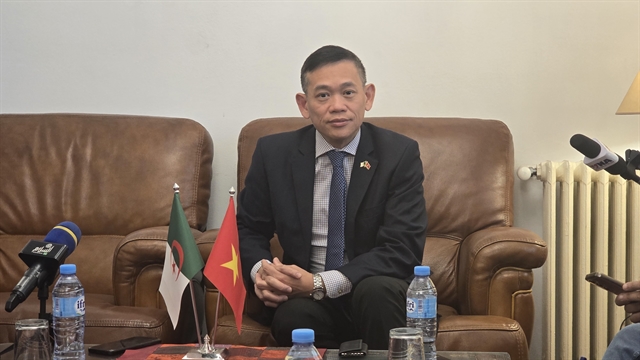 Opinion
Opinion
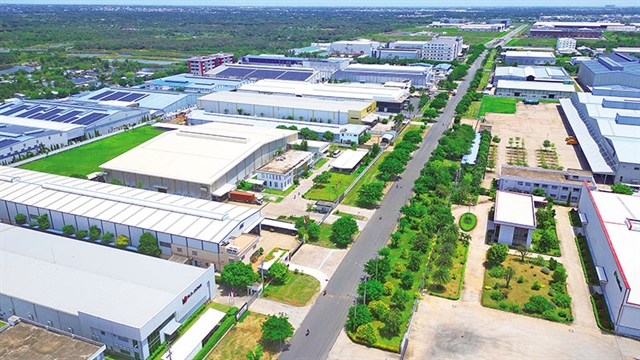
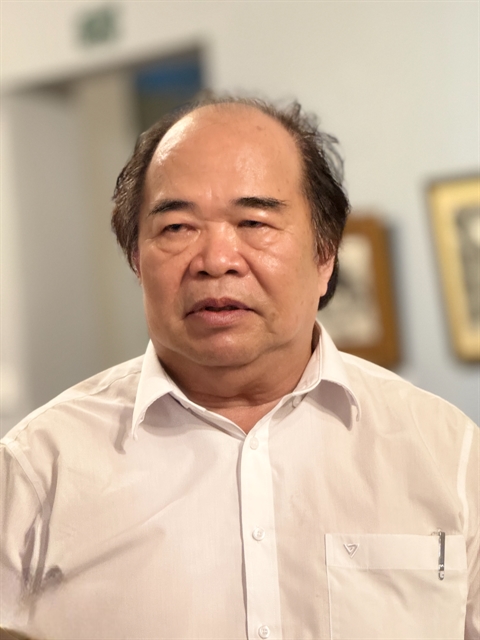 |
| Sculptor Nguyễn Quốc Thắng |
Sculptor Nguyễn Quốc Thắng, a native of the Mekong Delta province of Trà Vinh, joined the revolutionary activities when he was 14, and became a member of the Liberation Art Chamber (under the South Việt Nam Liberation Front), which was established in 1962. He was sent to study at the Hà Nội Fine Arts College (currently Việt Nam Fine Arts University) in 1973-1974.
After 1975, Thắng worked at the Fine Arts Office of the Department of Culture and Information. He was appointed deputy director of the HCM City Fine Arts Museum from 1998 to 2009.
Việt Nam News reporter Phương Mai talks with Thắng about his days at the Liberation Art Chamber, revolutionary art, and how revolutionary art influences the development of HCM City’s art scene.
What do you remember most about the time on the battlefield as a member of the Liberation Art Office?
I worked at the Liberation Art Chamber when I was only 14 years old. My job was engraving woodblocks for printing publicity posters, news articles and even songs.
Although we faced a shortage of materials and many other challenges, there was a huge collection of works done on the battlefields.
And the chamber played a very important role in sending information and calls to action for the victory of the revolution, namely liberation of the South.
In 1967 I also worked as a printer at the Trần Phú Printing House in the liberation zone. I printed documents and sketches by painters Quách Phong, Huỳnh Phương Đông, Thái Hà, Trang Phượng, and Cổ Tấn Long Châu, which were later sent to battlefields and southern provinces to strengthen people’s trust in the liberation war.
At that time, I was not yet a sculptor or a painter. However, most members of the chamber were young people. They were artists-cum-soldiers.
For example, during the US Operation Junction City in Lò Gò Xa Mát in 1967, we were forced to hold guns on the battlefield and shoot down an enemy plane.
It is a specific characteristic of being an artist-soldier on the frontline.
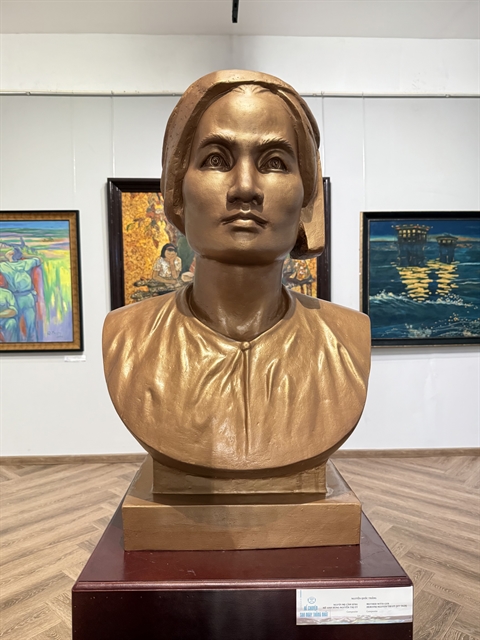 |
| 'Người Mẹ Cầm Súng – Nữ Anh Hùng Nguyễn Thị Út' (Mother with Gun – Heroine Nguyễn Thị Út), a composite sculpture by Thắng |
How has revolutionary art influenced HCM City’s art scene over the past 50 years?
About the impact of revolutionary art, specifically the Liberation Art Chamber, on the development of the city’s fine arts, most of the chamber’s members came from Sài Gòn (currently HCM City), who joined the revolutionary movement. The chamber also received an additional number of artists coming from the North in support of the southern battlefield.
After national liberation, many artists-soldiers returned from the frontline and worked as employees at public offices and institutions such as the city’s Fine Arts University, the Fine Arts Association, and the Fine Arts Museum, where I worked for most of my life.
As a result, the city’s fine arts sector was strongly influenced by revolutionary art and artists.
As we see, to create artworks that highlight the topic of the Revolutionary War, artists must have a strong foundation and life experience.
Why do we talk a lot about the topic of revolutionary art? Because if an artist, a sculptor and a painter lack life experience, travel less, leave reality behind and only borrow talent, their talent will fade, and they will just have a few outstanding artworks.
In general, an artist must have rich life experience. If they want experience, they must take more field trips.
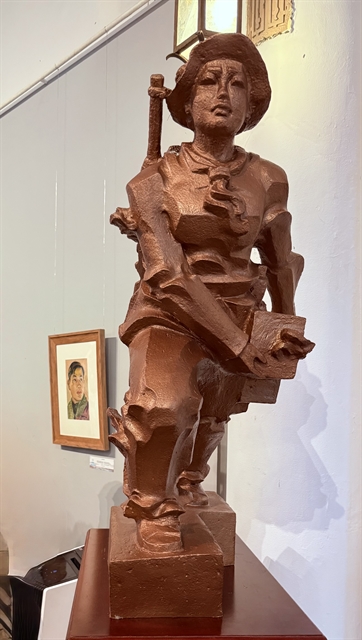 |
| 'Nữ Thanh Niên Xung Phong Hỏa Tuyến' (Female Youth Volunteers on the Firing Line), a composite sculpture by Thắng |
What should young people do to improve their skills and work together to develop the city’s fine arts?
The fine arts sector now has many problems and concerns.
Many art movements have appeared from modernism and surrealism to graphics and installation.
However, I think the most important thing is that our artists should focus on serving the public. We create works with the aim of not only improving skills but also elevating the aesthetic sense and knowledge of our audiences of various generations.
Therefore, it’s necessary to have life experiences to create quality artworks. The artists should learn more about real life, not borrowing from our imagination. It’s clear that imagination will run out one day.
If we have experience, we will have inspiration for new artworks, and our skills will improve quickly. If not, it’s very difficult.
What should the city’s fine arts sector do to promote international integration and exchange, and provide opportunities for the public to view artworks by international artists?
We are now living in a peaceful country, so the artists have chances to explore new thoughts and create new works to integrate with the world. Recently, the city’s artists have proactively sought new things in creativity.
One important thing is cultural exchange. Today, hosting an exchange is easily done. Many international painters and sculptors have come to Việt Nam to participate in art symposiums hosted by the city or other provinces, giving domestic and foreign artists a better understanding of aesthetics, the language of art, and shaping it.
Everything becomes closer, and there is no distance like in wartime. It is obvious that in wartime, the artists acknowledged what happened on the battlefield and captured those moments in a lively way. VNS

